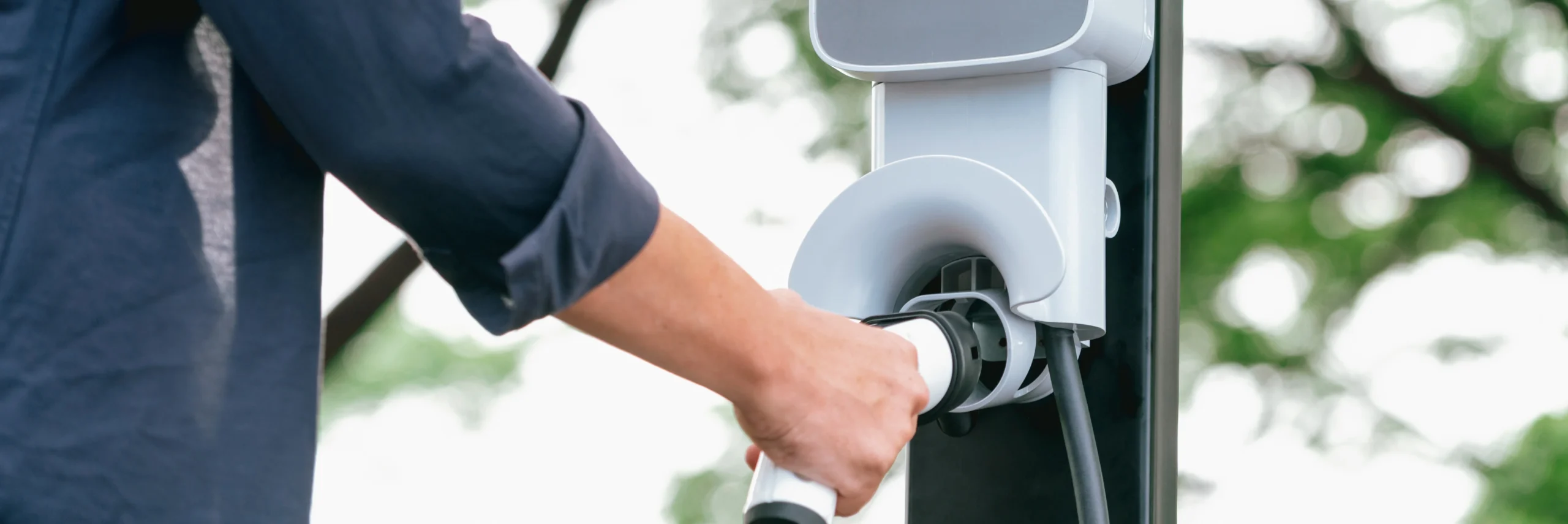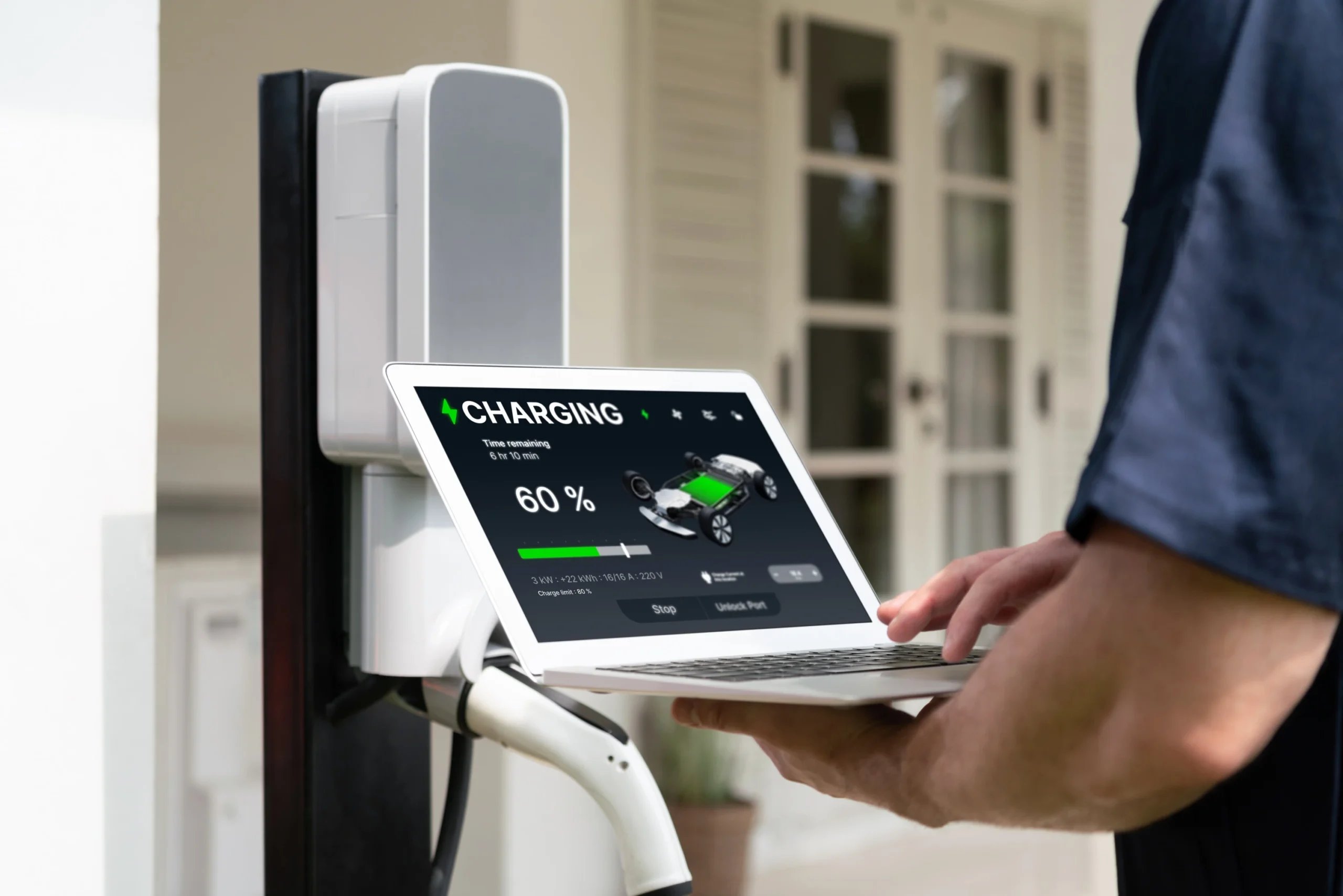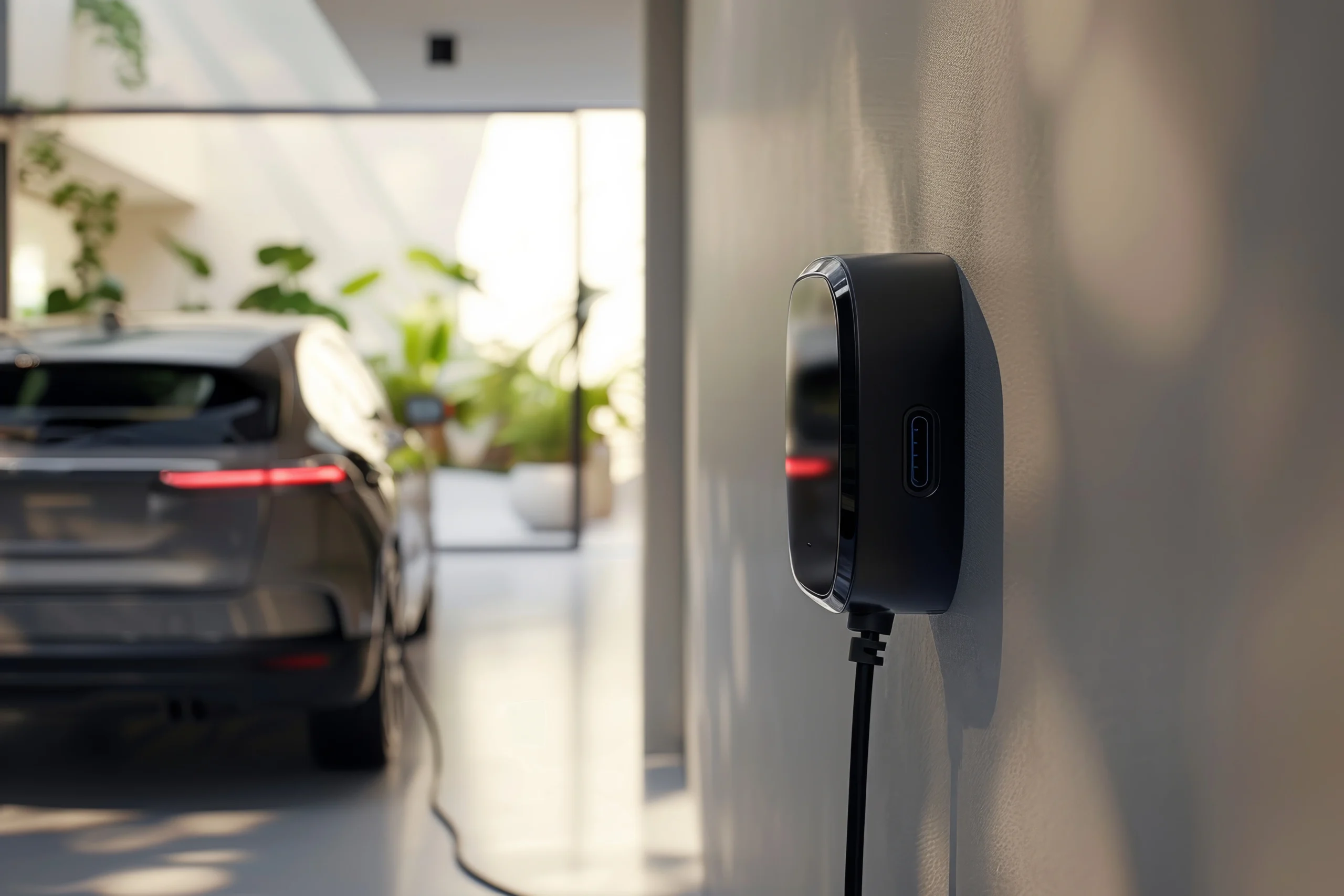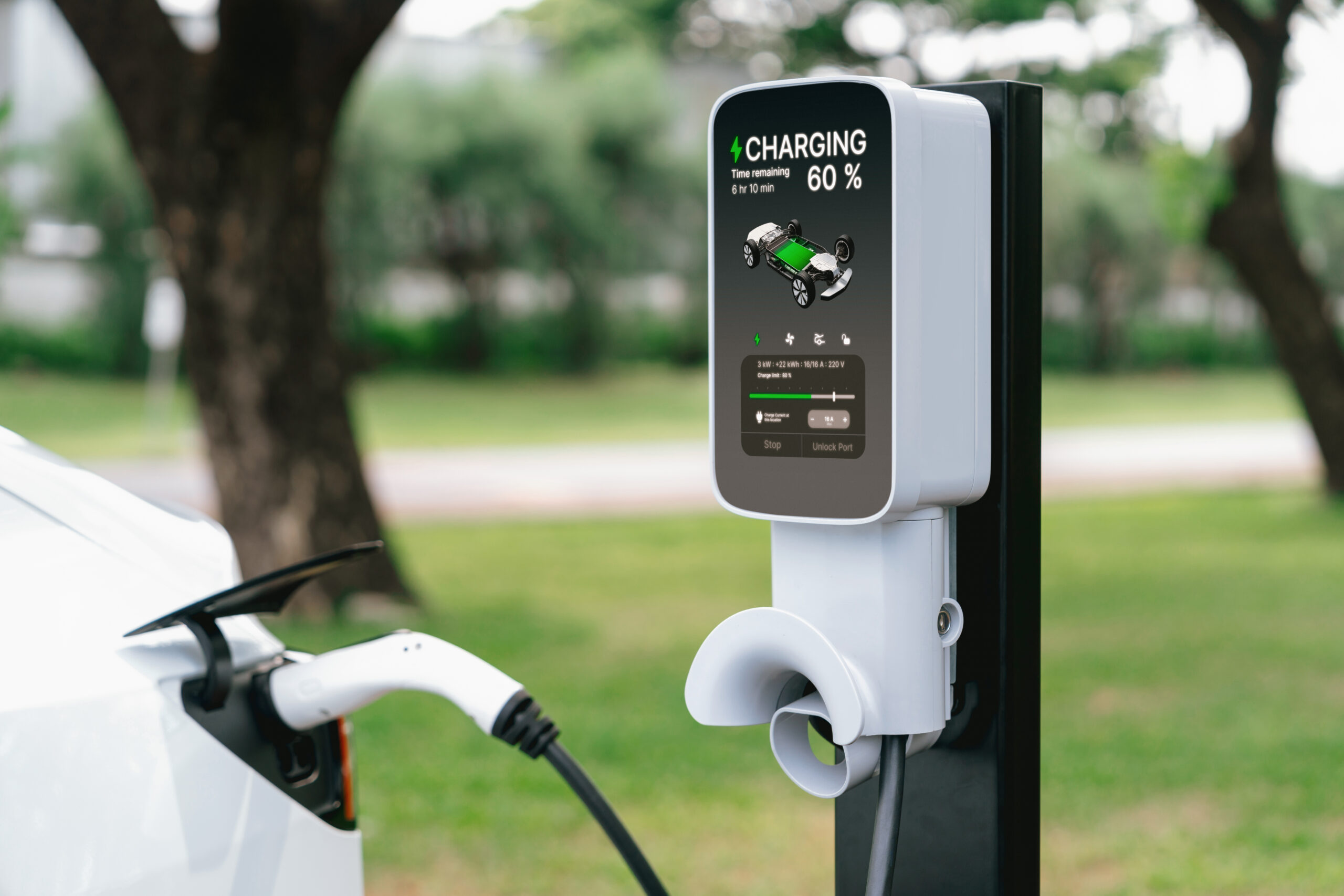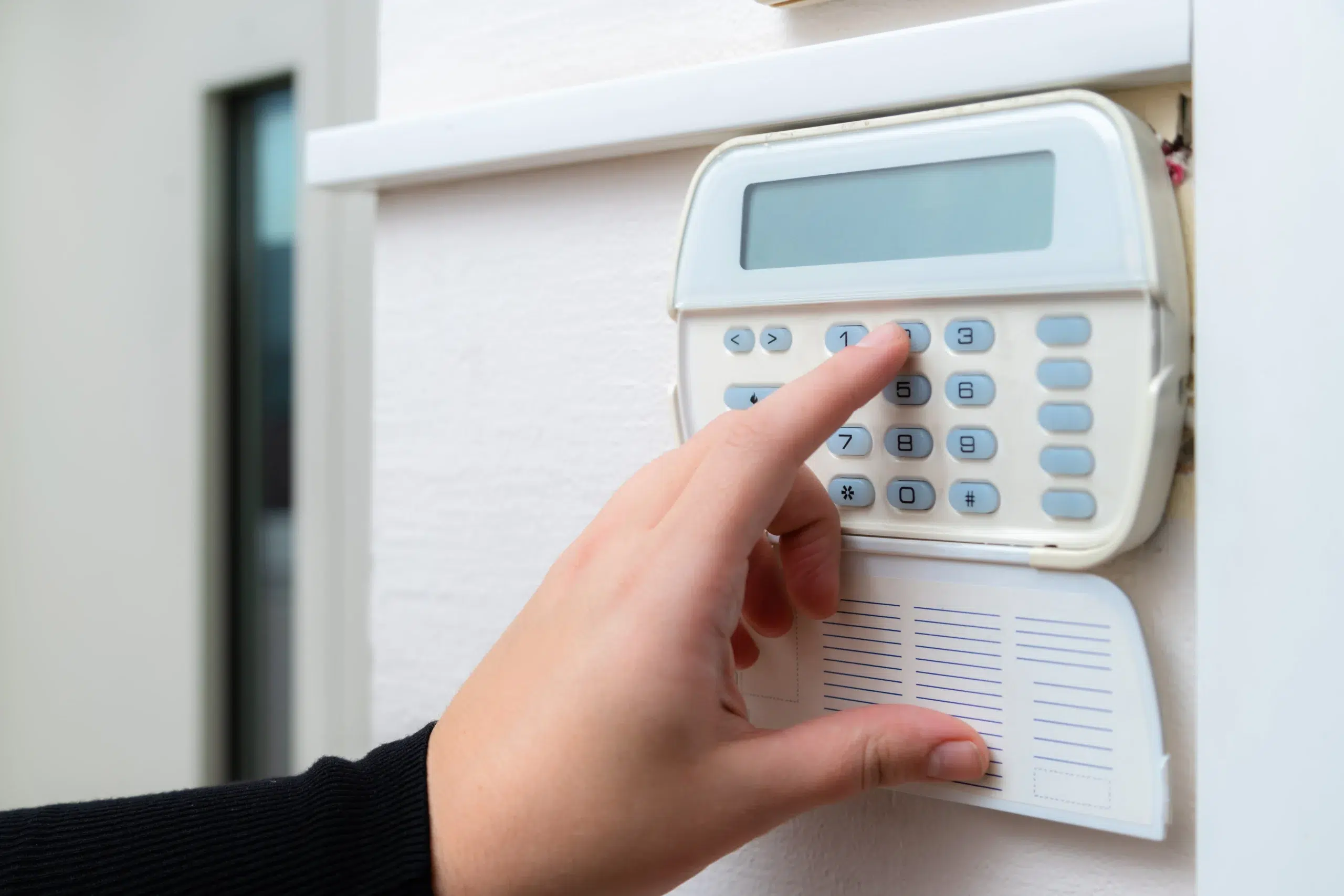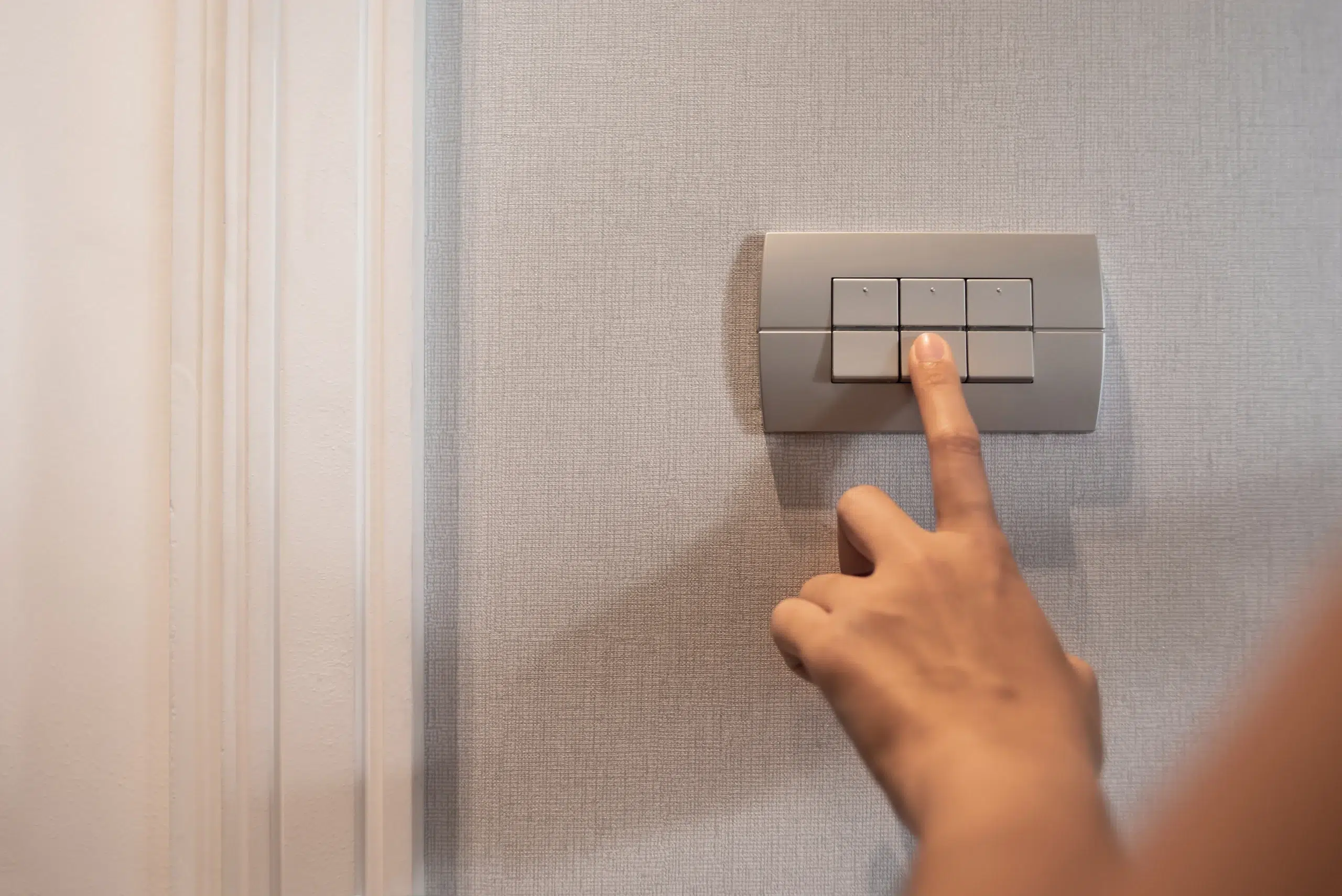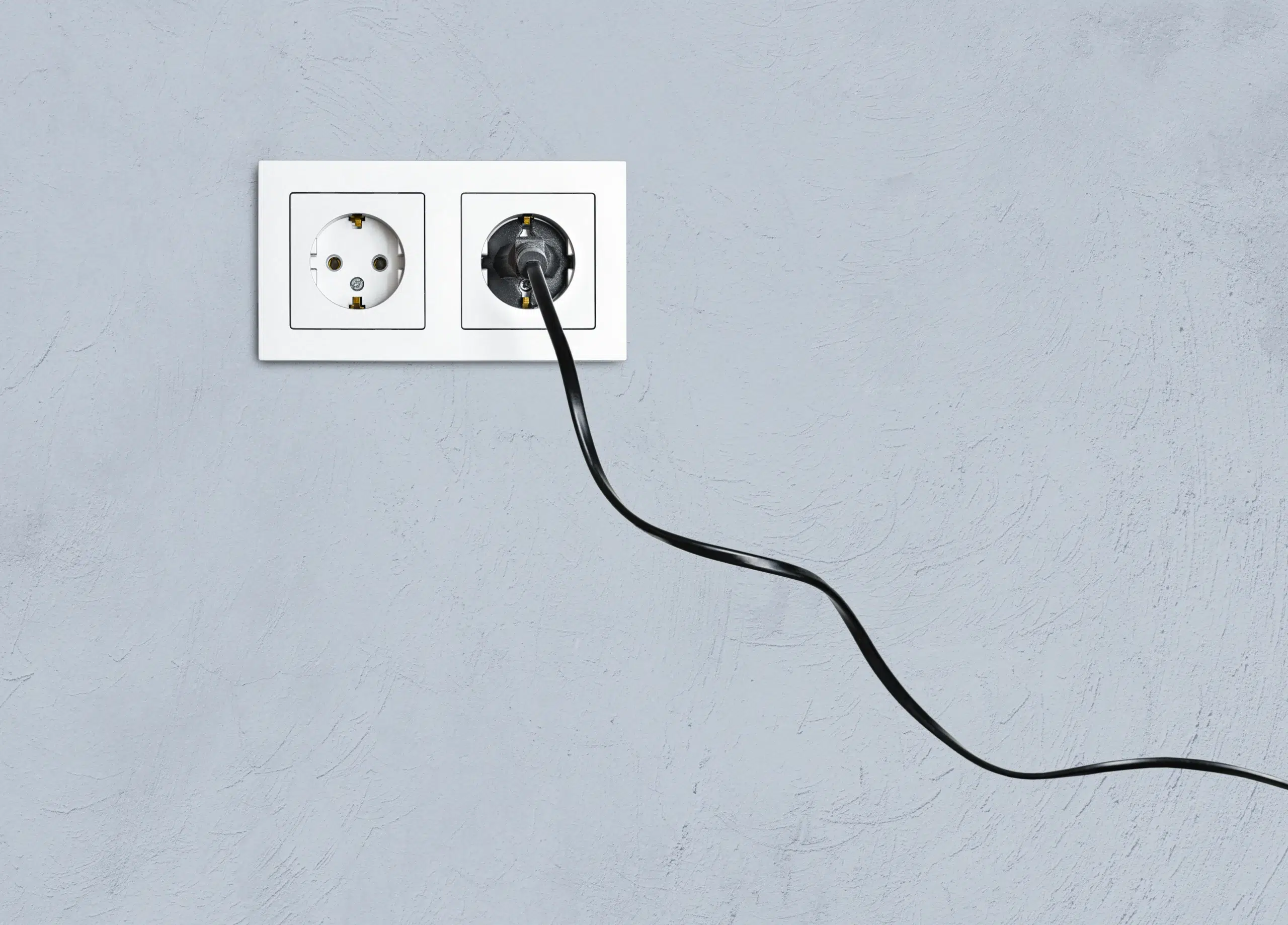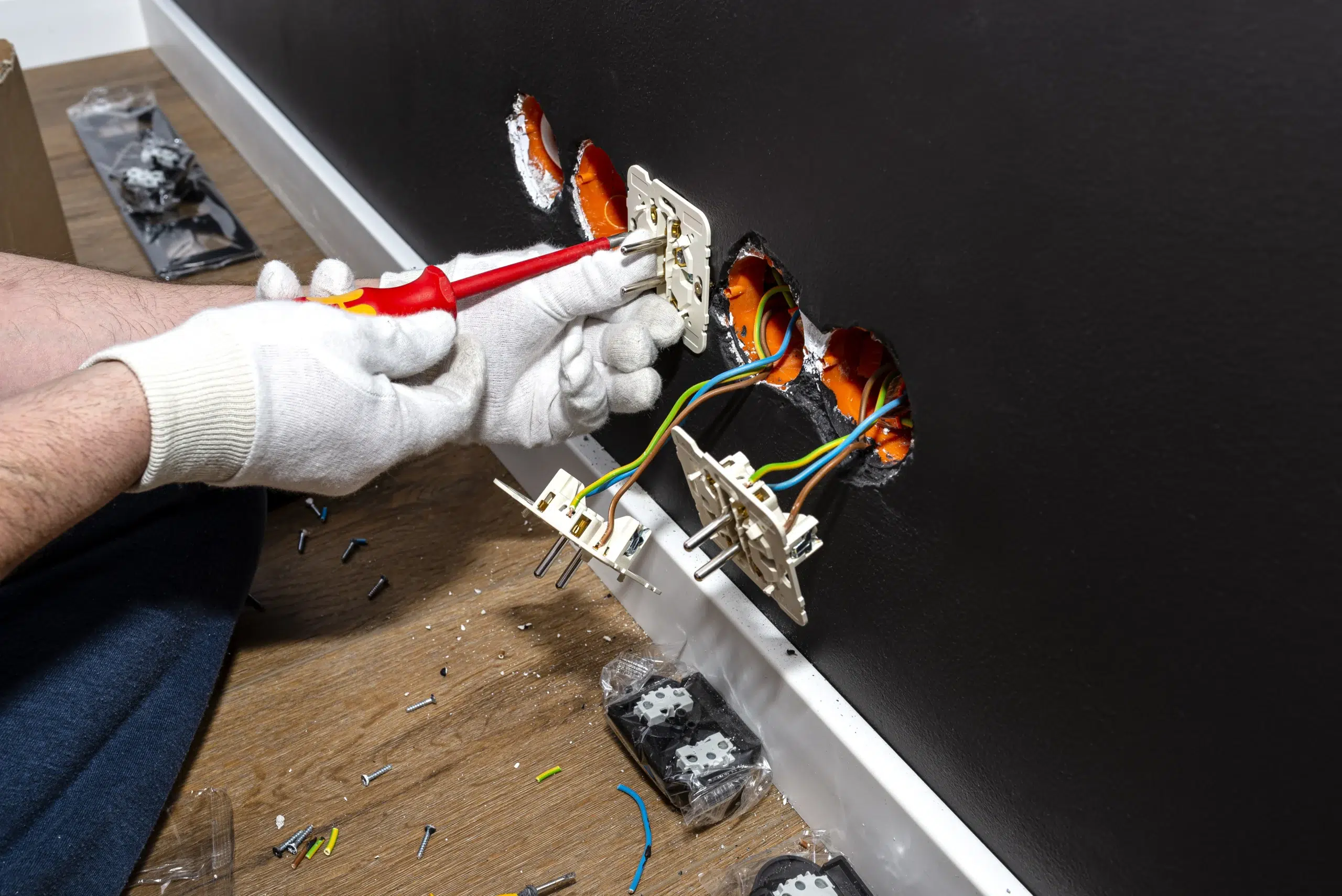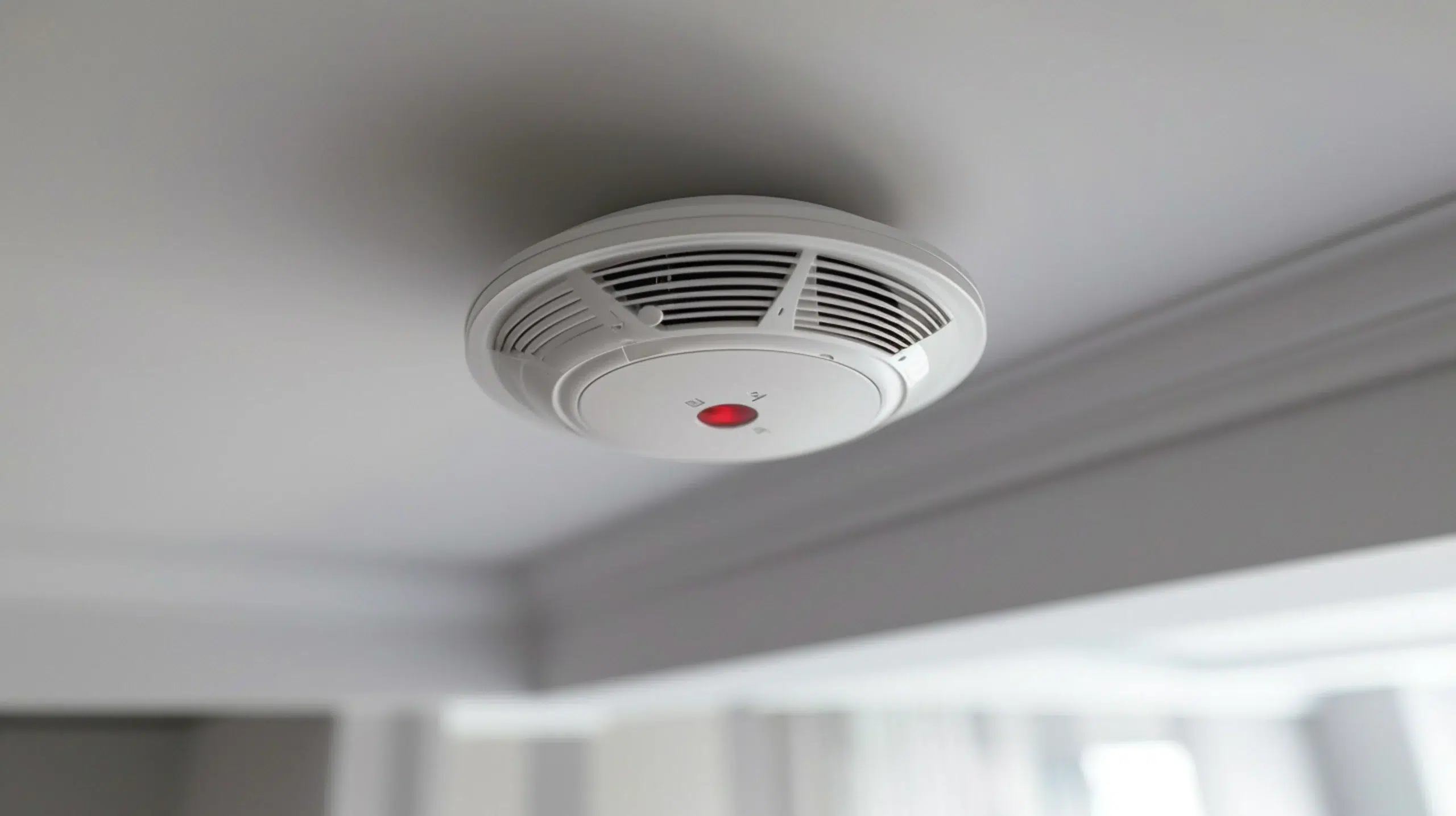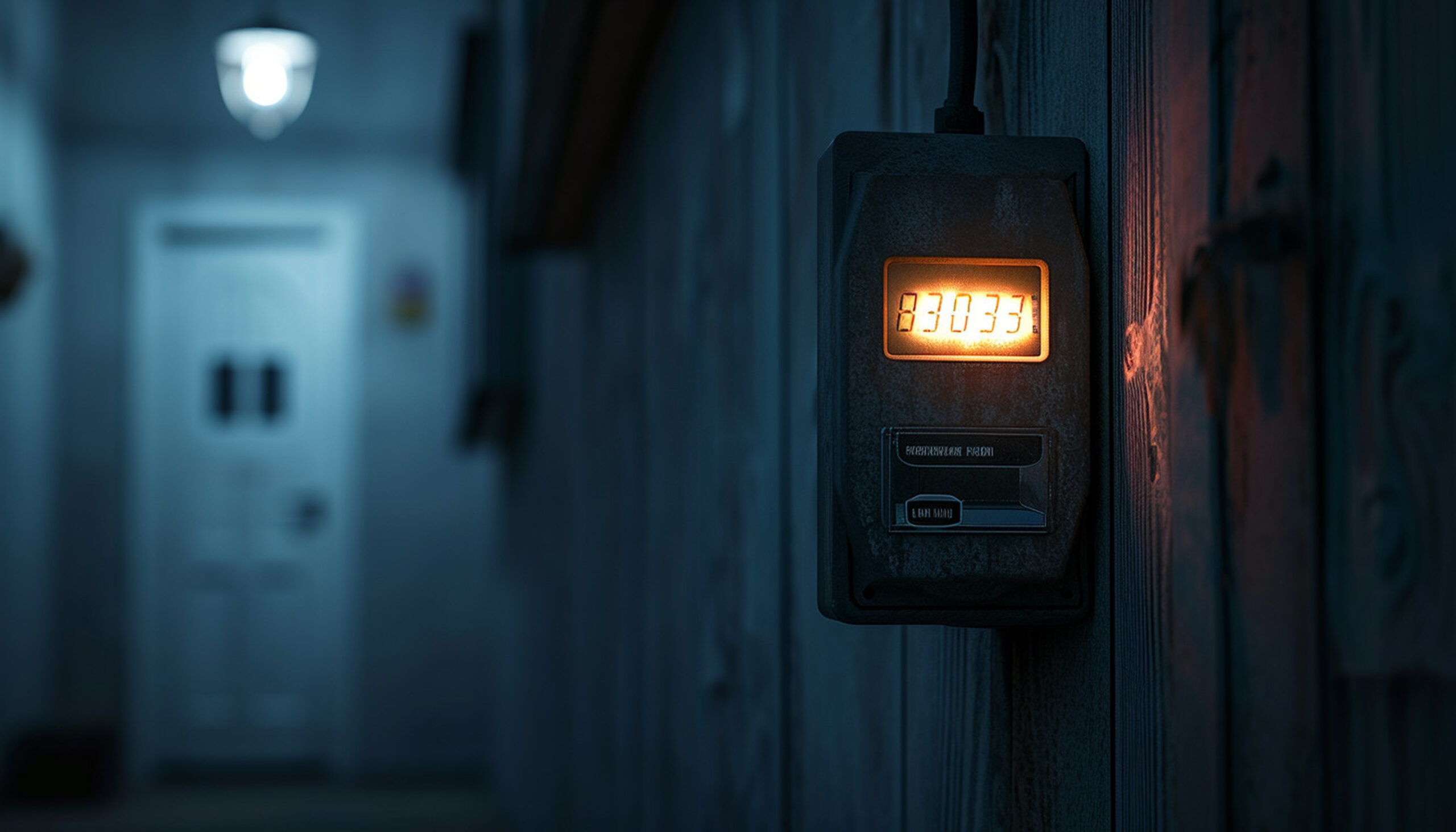Common Air Conditioner Error Codes and What They Actually Mean
Category:
Air conditioners are essential for comfort during Australia’s scorching summers and unpredictable weather. However, when they malfunction, they often display cryptic error codes that leave homeowners frustrated. These alphanumeric messages are not random, they’re designed to signal faults within the system. Whether it’s a minor sensor problem or a major communication breakdown, these codes provide early warnings that can prevent costly repairs.
At OTHS, we specialise in diagnosing and repairing air conditioning issues across Australia. As trusted repair specialists, we’ve helped countless homeowners decode error codes and restore safe, efficient cooling.
Why Air Conditioners Display Error Codes
Modern air conditioners are built with self-monitoring technology. When a fault occurs, the system triggers an error code to alert the user and guide technicians towards the problem. This diagnostic feature helps avoid extensive damage, speeds up repairs, and ensures safety protocols are followed.
Purpose of AC Error Codes
Air conditioners are sophisticated machines packed with sensors, circuit boards, and mechanical components. These systems are constantly monitoring themselves to ensure optimal performance. When something goes wrong, whether it’s a temperature imbalance, electrical fault, or component failure, your AC will usually display an error code. The primary purpose of these codes is to provide quick and accurate information about the problem. They help prevent further damage, improve diagnostic speed for technicians, and ensure that safety protocols are followed. Essentially, error codes are your AC’s way of talking to you.
Understanding Your Unit’s Codes
Not all air conditioners use the same error code system. Manufacturers, and even different models from the same brand, may use unique coding structures. Some use “E” codes (E1, E2), while others rely on “F” or “H” codes. Always check your user manual for the exact meaning. That said, there are common patterns across brands, and understanding these can help you get an idea of the fault before a technician arrives.
Most Common AC Error Codes and Their Meanings
E1 / F1 – Temperature Sensor Malfunction
An E1 or F1 code usually points to a faulty temperature sensor. This may cause incorrect readings, frequent cycling, or failure to reach the set temperature. It often leads to discomfort and higher energy use. Technicians test sensor resistance and replace faulty units where needed. DIY repairs are not advised, as sensors are delicate and embedded within internal components.
E2 / F2 – Communication Error Between Indoor & Outdoor Units
An E2 or F2 error indicates a communication breakdown between the indoor and outdoor units. Since these components rely on continuous data sharing, a failure can shut down the entire system. Causes include damaged wiring, loose connections, or faulty circuit boards. Licensed technicians inspect cabling, reset controls, and restore communication. Attempting this yourself poses serious electrical risks.
E3 / F3 – Refrigerant Pressure Warning
This code highlights abnormal refrigerant pressure. Low pressure suggests leaks, while high pressure may signal blockages or overcharging. Both conditions are dangerous and can damage the compressor. OTHS technicians use gauges to check pressure, identify leaks, clear blockages, and safely recharge refrigerant. Because refrigerant handling is regulated in Australia, it must only be performed by licensed professionals.
E4 / F4 – Fan or Motor Fault
An E4 or F4 error usually points to a malfunctioning fan or motor. Without proper airflow, the AC can’t cool effectively and risks overheating. Causes range from wiring faults to capacitor or motor failure. Technicians inspect voltages, check physical components, and replace parts if required. Professional air conditioning repair is essential in these situations, as fan and motor repairs are hazardous without the right tools and should not be attempted at home.
H1 / H2 – General System Faults
H1 and H2 codes are broad indicators of system faults, such as PCB (Printed Circuit Board) issues, power supply failures, or other anomalies. These require comprehensive diagnosis. Licensed technicians run power checks, test circuit boards, and use diagnostic equipment to identify the exact cause. Attempting fixes without training may worsen the problem or void your warranty.

How to Respond to AC Error Codes
Simple Troubleshooting You Can Try
If your air conditioner displays an error code, there are a few safe steps you can try before calling a professional. First, try turning off the unit at the isolation switch or circuit breaker for five minutes to reset the system. This can sometimes clear temporary glitches. Next, check your filters. Dirty or clogged filters can reduce airflow and trigger pressure-related error codes. Make sure your indoor and outdoor units are free from obstructions. Avoid pressing too many buttons on your remote or unit panel; this can sometimes complicate the problem further.
When to Call a Licensed Technician
If the code reappears after a reset, or if you notice unusual smells, noises, or poor performance, it’s time to call a licensed technician. Professional help is also essential for errors involving refrigerant, electrical faults, or communication breakdowns. These are complex systems, and only qualified technicians have the tools and certification to repair them safely without breaching Australian regulations.
Preventing AC Error Codes and System Failures
Regular Maintenance
Routine Air Conditioner Maintenance is one of the most reliable ways to prevent error codes and ensure your system keeps running efficiently. Homeowners should schedule professional servicing at least once a year, or twice if the air conditioner is used heavily during Australia’s long summers. A proper service involves checking refrigerant levels, cleaning filters and coils, tightening electrical connections, inspecting sensors, and ensuring the system’s safety functions are operating correctly. Regular upkeep reduces the risk of faults, improves energy efficiency, extends the life of your system, and helps avoid sudden costly breakdowns.
Monitor Your System
Paying attention to the way your air conditioner performs on a daily basis can help you identify small issues before they turn into bigger faults. If you notice unusual noises, warmer air than expected, frequent short cycling, or difficulties maintaining temperature, it may be a sign that the unit is struggling. Regular air conditioner servicing is essential for addressing these early warning signs and keeping your system running efficiently. Arranging a service can prevent serious faults and reduce the likelihood of error codes appearing. Ongoing monitoring ensures your system stays reliable and avoids unexpected discomfort during hot weather.
Use Your AC Correctly
How you use your system has a major effect on its performance and the chance of faults occurring. Avoid extreme temperature settings, such as setting the unit very low in summer or very high in winter, as this forces the system to work harder than necessary. Keep doors and windows closed while the AC is running and make sure vents or airflow paths are not blocked by furniture or curtains. Using ceiling or pedestal fans to support your cooling can also reduce pressure on the air conditioner. These habits keep the system balanced, reduce strain on components, and help prevent unnecessary error codes.
Common Misconceptions About AC Error Codes
A common misconception is that error codes are just minor glitches that can be ignored or quickly reset. While some codes might be temporary, recurring errors indicate underlying problems that need attention. Another myth is that all error codes are the same across brands. In reality, codes can vary significantly, and misinterpreting them can lead to incorrect fixes. Some people also believe they can clear codes using apps or reset buttons without addressing the root cause, a dangerous habit that could lead to bigger issues or voided warranties. Lastly, while warranties offer protection, they often exclude damage caused by poor maintenance or unauthorised repairs.
Conclusion
Air conditioner error codes may seem confusing, but they are vital indicators of internal faults that could affect your comfort, safety, and system longevity. From sensor issues and refrigerant pressure warnings to fan malfunctions and communication failures, these codes help identify problems before they escalate. While basic troubleshooting, like cleaning filters or resetting power, can resolve minor issues, most error codes require the expertise of a licensed technician. Regular maintenance, proper usage, and timely upgrades can minimise faults and keep your AC running smoothly. With support from OTHS, regular maintenance, proper usage, and timely upgrades can minimise faults and keep your AC running smoothly. Understanding what your unit is trying to tell you is the first step toward smarter, safer air conditioning management.
FAQ's
Why does my AC show an error code when the room is too hot?
High indoor temperatures can stress sensors, causing them to misread and trigger an error like E1. Try cooling the room slightly and resetting the unit. If the error persists, professional service is needed.
Can I keep using the AC if an error code shows briefly?
A one-time code might not be serious, but if it recurs or affects performance, stop using the system and call a technician to prevent further damage.
Do all brands use E- and F-style codes?
No, code systems vary between brands and models. Always refer to your unit’s manual or consult a professional for accurate interpretation.
Will cleaning filters remove error codes?
Sometimes. If the error is related to airflow or pressure, cleaning the filters may help. However, persistent codes need professional diagnosis.
How often should I have my AC maintained in Australia?
At least once a year, or twice if the unit sees heavy use. Maintenance ensures efficiency, safety, and helps avoid costly repairs.
93 Exley Road Wedderburn NSW 2560 Campbelltown & South West Sydney
Why Installing Your Own EV Charger Could Void Your Car’s Warranty and Insurance
Why Installing Your Own EV Charger Could Void Your Car’s Warranty and Insurance Category: The...
Read MoreThe Hidden Damage Rodent Cause to Electrical Wiring and Insulation
What Does a Pre-Installation EV Charger Inspection Entail? Category: Installing an EV charger at your...
Read MoreThinking of Installing an EV Charger in Your Apartment or Shared Parking Area? Here’s What You Need to Know
Thinking of installing an EV charger in your apartment or shared parking area? Here’s what...
Read MoreIs It Safe to Install an EV Charger Outdoors in Sydney’s Weather Conditions?
How to Choose the Right Gate Intercom for Your Property Category: The increased availability of...
Read MoreHow to Choose the Right Gate Intercom for Your Property
How to Choose the Right Gate Intercom for Your Property Category: Selecting the appropriate gate...
Read MoreThe Light Switch Feels Warm or Smells Burnt — What Should I Do?
The Light Switch Feels Warm or Smells Burnt — What Should I Do? Category: Light...
Read MoreWhy Do I Get a Small Electric Shock from My Appliances?
Why Do I Get a Small Electric Shock from My Appliances? Category: Small electric shocks...
Read MoreElectrical Surges Damaging Your Appliances? Here’s What You Can Do
Electrical Surges Damaging Your Appliances? Here’s What You Can Do Category: An electrical surge refers...
Read MoreWhat are the types of smoke Alarms and How Does It Work?
What are the types of smoke Alarms and How Does It Work? Category: A smoke...
Read MorePower Outage in Just One Room? Here’s What Could Be Causing It
Power Outage in Just One Room? Here’s What Could Be Causing It Category: Experiencing a...
Read More
